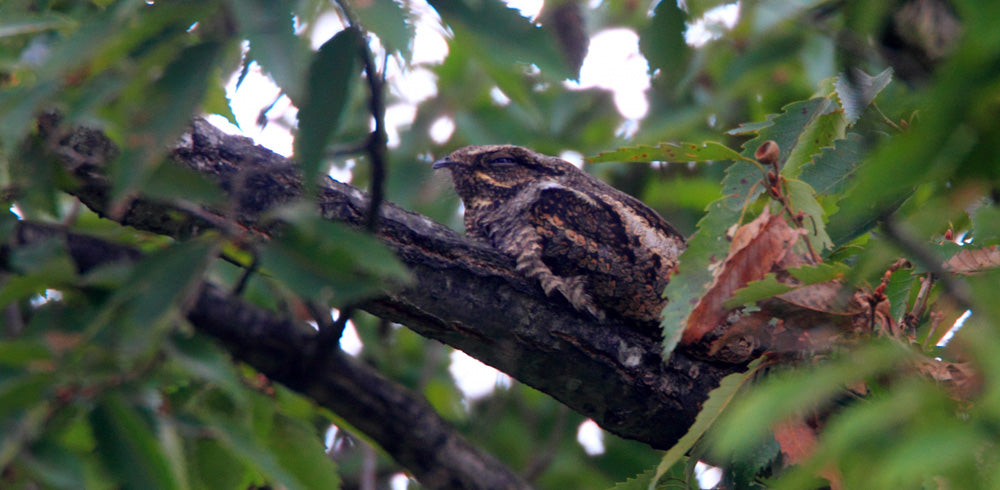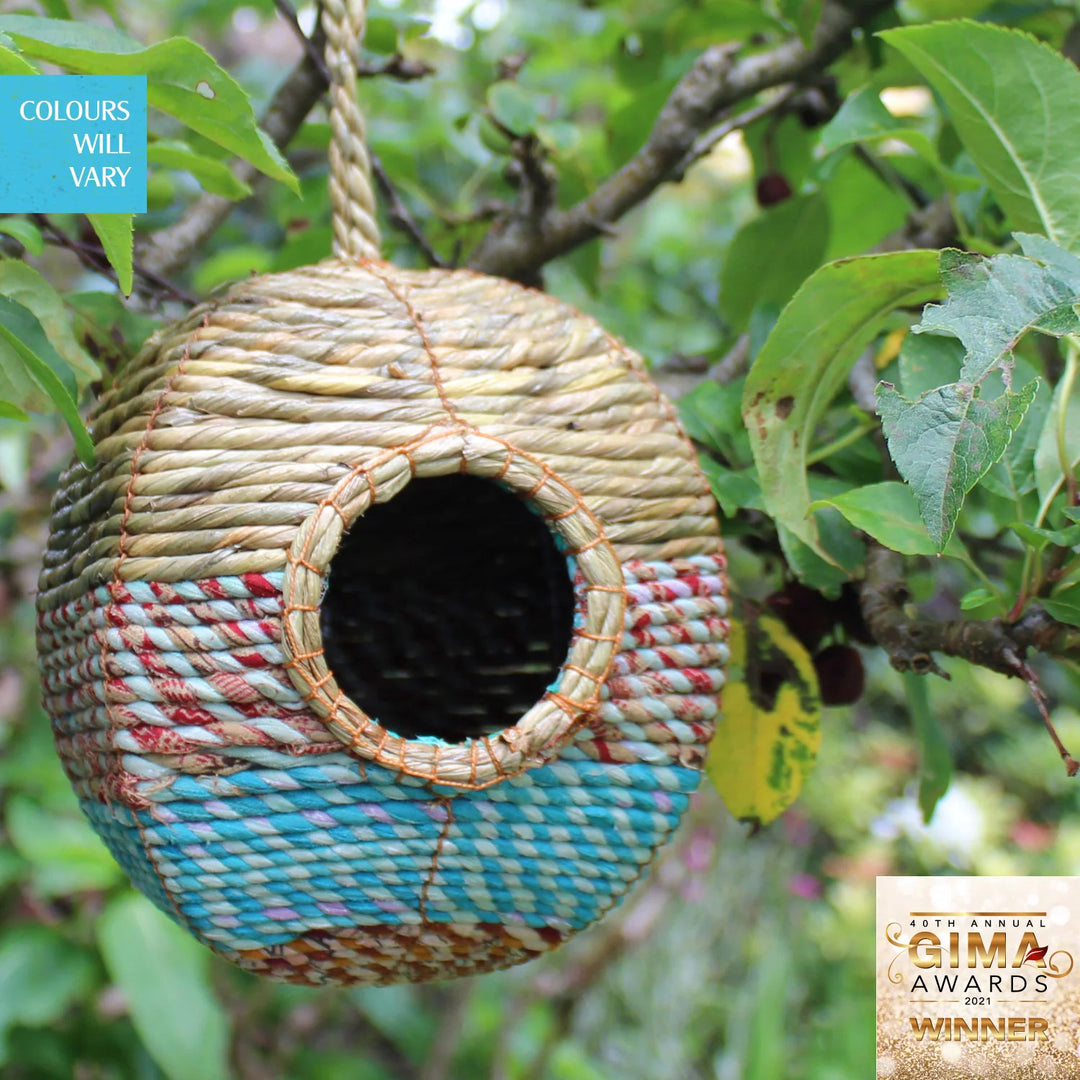Nightjar
The nightjar, also known as the European nightjar, These birds are known for their unique habits and behaviors, as well as their distinctive appearance.
Habitat: Nightjars in the UK can be found in a variety of habitats, including heathlands, moors, and woodlands. They prefer open spaces with scattered trees or bushes where they can easily hunt for insects.
Wild: Nightjars are wild birds that are known for their elusive nature. They are primarily nocturnal, meaning they are most active at night. This makes them difficult to spot during the day, as they are well-camouflaged in their surroundings.
Endangered: The nightjar is considered a species of conservation concern in the UK. Their populations have been declining in recent years due to habitat loss and fragmentation. Conservation efforts are being made to protect these birds and their habitats.
Protected: Nightjars are protected under UK law, making it illegal to disturb or harm them in any way. Conservation organizations work to monitor and protect nightjar populations to ensure their survival for future generations.
Migration: Nightjars in the UK are migratory birds, spending the winter months in Africa before returning to the UK to breed in the spring and summer. They travel thousands of miles each year to reach their breeding grounds.
Nest: Nightjars do not build traditional nests like other bird species. Instead, they lay their eggs directly on the ground, usually in a shallow depression or on a bed of leaves. The female nightjar is responsible for incubating the eggs while the male helps to defend the nest.
Plumage: Nightjars have cryptic plumage that helps them blend in with their surroundings. Their feathers are mottled and streaked in shades of brown, grey, and black, providing excellent camouflage against the forest floor.
Colours: Although nightjars may appear drab at first glance, their plumage actually features a subtle beauty. Their feathers can have hints of rufous, buff, and white, creating a unique and intricate pattern.
Beak: Nightjars have short, wide beaks that are adapted for catching insects in flight. Their mouths can open wide to capture prey on the wing, making them skilled aerial hunters.
Diet: Nightjars primarily feed on flying insects such as moths, beetles, and flies. They are known for their agile flight and can catch prey with their wide mouths and sharp bills. Nightjars are also known to drink by skimming the surface of water while in flight.
Feathers: The feathers of the nightjar are soft and silent, allowing them to fly quietly through the night in search of food. Their wing feathers are long and tapered, providing excellent maneuverability for catching insects in mid-air.
In conclusion, the nightjar is a fascinating and enigmatic bird species that can be found in the UK. With their unique habits, cryptic plumage, and skilled hunting abilities, nightjars are truly a marvel of the natural world. Conservation efforts are essential to protect these birds and ensure their continued presence in the UK’s diverse ecosystems.
Habitat: Nightjars in the UK can be found in a variety of habitats, including heathlands, moors, and woodlands. They prefer open spaces with scattered trees or bushes where they can easily hunt for insects.
Wild: Nightjars are wild birds that are known for their elusive nature. They are primarily nocturnal, meaning they are most active at night. This makes them difficult to spot during the day, as they are well-camouflaged in their surroundings.
Endangered: The nightjar is considered a species of conservation concern in the UK. Their populations have been declining in recent years due to habitat loss and fragmentation. Conservation efforts are being made to protect these birds and their habitats.
Protected: Nightjars are protected under UK law, making it illegal to disturb or harm them in any way. Conservation organizations work to monitor and protect nightjar populations to ensure their survival for future generations.
Migration: Nightjars in the UK are migratory birds, spending the winter months in Africa before returning to the UK to breed in the spring and summer. They travel thousands of miles each year to reach their breeding grounds.
Nest: Nightjars do not build traditional nests like other bird species. Instead, they lay their eggs directly on the ground, usually in a shallow depression or on a bed of leaves. The female nightjar is responsible for incubating the eggs while the male helps to defend the nest.
Plumage: Nightjars have cryptic plumage that helps them blend in with their surroundings. Their feathers are mottled and streaked in shades of brown, grey, and black, providing excellent camouflage against the forest floor.
Colours: Although nightjars may appear drab at first glance, their plumage actually features a subtle beauty. Their feathers can have hints of rufous, buff, and white, creating a unique and intricate pattern.
Beak: Nightjars have short, wide beaks that are adapted for catching insects in flight. Their mouths can open wide to capture prey on the wing, making them skilled aerial hunters.
Diet: Nightjars primarily feed on flying insects such as moths, beetles, and flies. They are known for their agile flight and can catch prey with their wide mouths and sharp bills. Nightjars are also known to drink by skimming the surface of water while in flight.
Feathers: The feathers of the nightjar are soft and silent, allowing them to fly quietly through the night in search of food. Their wing feathers are long and tapered, providing excellent maneuverability for catching insects in mid-air.
In conclusion, the nightjar is a fascinating and enigmatic bird species that can be found in the UK. With their unique habits, cryptic plumage, and skilled hunting abilities, nightjars are truly a marvel of the natural world. Conservation efforts are essential to protect these birds and ensure their continued presence in the UK’s diverse ecosystems.




























